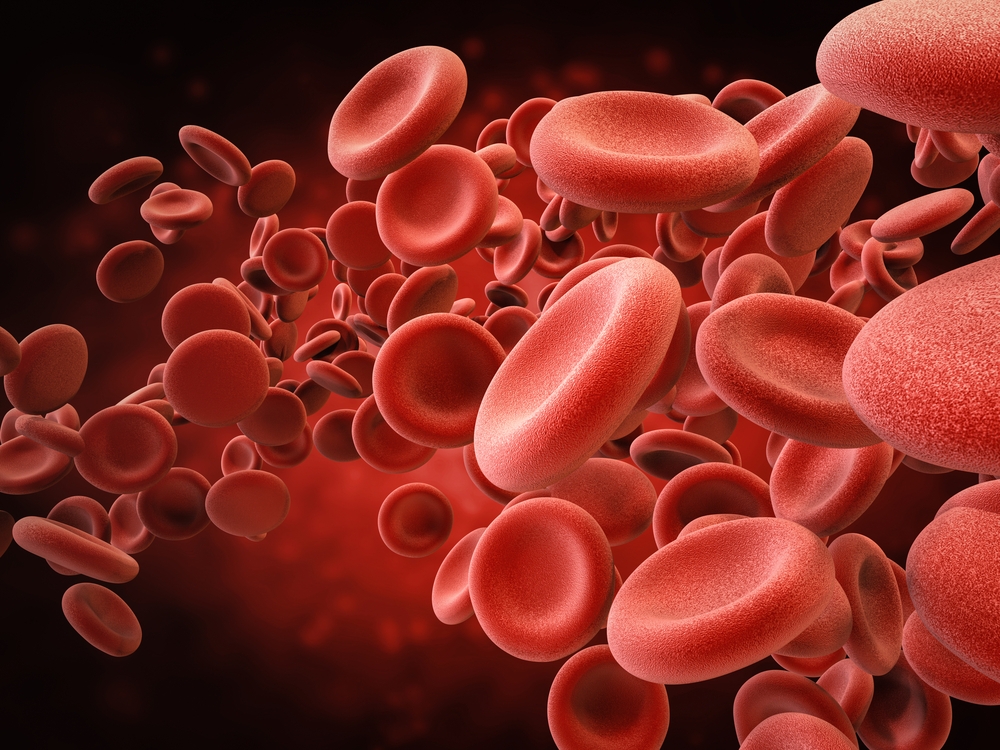Two Pro-inflammatory Proteins May Be Biomarkers of Gaucher Type 1
Written by |

People with type 1 Gaucher disease have higher blood levels of two pro-inflammatory proteins than do healthy individuals, a small study suggested. The proteins may be biomarkers to help monitor the condition, as well as possible targets for treatment development, its investigators said.
The study, “Proteomic biomarkers in Gaucher disease,” was published in the Journal of Clinical Pathology.
Gaucher disease is caused by mutations in the GBA gene, which carries information to make the enzyme beta-glucocerebrosidase. The mutations lead to a defective enzyme and toxic buildup of a fat molecule called glucocerebroside, which accumulates mainly in the spleen, liver, and bone marrow.
Type 1 Gaucher is the most common form of the disease. Unlike other types, it usually does not involve neurologic symptoms.
Symptom severity in people with type 1 Gaucher is variable, and available biomarkers largely track response to treatments like enzyme replacement therapy (ERT), looking at biochemical abnormalities in the blood like red and white blood cell counts, and high levels of ferritin, the iron storage protein.
As such, new blood-based biomarkers to assess disease severity and help guide treatment decisions are needed.
Researchers analyzed fasting blood samples of six people with type 1 Gaucher, ages 23 to 73, along with six healthy controls matched for age, sex, and body mass index. All patients were treated with ERT for at least two years at Jagiellonian University Hospital, in Krakow.
From a total of 452 analyzed proteins, 31 were found to have significantly different levels between patients and controls.
Functional analysis showed most of these proteins were involved in inflammation and in hemostasis — the process to prevent and stop bleeding.
Proteins related to pro-inflammatory processes and with significantly higher levels in patients included S100-A8 and S100-A9 — which together form a protein called calprotectin — and adenyl cyclase-associated protein 1, or CAP1. The anti-inflammatory proteins haptoglobin and kallistatin were also significantly higher in the Gaucher group.
Proteins linked to inflammation that were significantly lower in patients included complement proteins C3 and C4-A. (The complement system is a set of more than 30 blood proteins that takes part in immune defenses.) Identified proteins associated with hemostasis were plasminogen, fibronectin, and prothrombin.
The scientists then looked at changes in gene expression, the process by which information in a gene is synthesized to create a working product, like a protein. A more than two times increase in the expression of the gene coding for S100-A8, as well as a 1.46-times higher expression of the gene associated with CAP1, were found, confirming “the significant upregulation of these genes in Gaucher group in comparison with control group,” the scientists wrote.
According to the investigators, no prior studies had reported changes in gene expression associated with Gaucher disease.
“We concluded that the presented data may be a good starting point for further research on new biomarkers that might help to explain some of the symptoms in Gaucher disease, monitor its progression and give a possible target for further treatment development,” they wrote.


